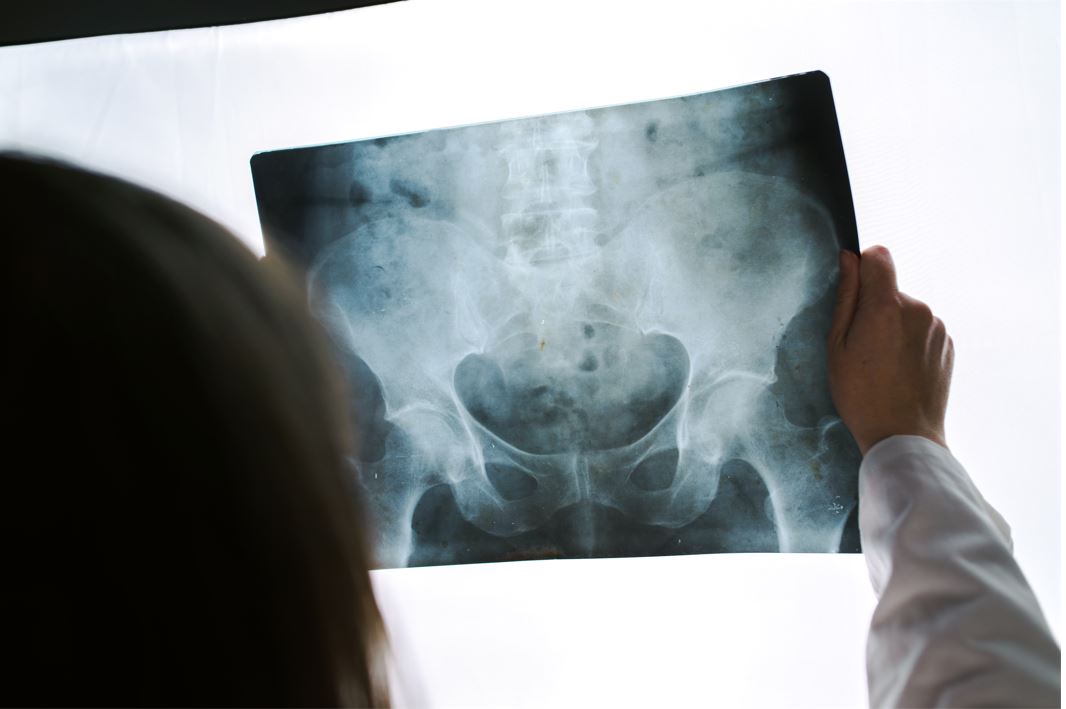
Total hip replacement surgery has been utilized by surgeons for decades – largely as a way to treat hip trauma and late stage arthritis of the hip. Overall, long term outcomes have been reported as excellent in the majority of patients. Pioneered in the 1960s, advances made in the procedure have gradually improved and patient satisfaction is at a very high level. Case studies have demonstrated that 90 percent or greater are still functioning well after 20 years, and after 30 years the rate decreases only slightly, to about 70 percent. More than 450,000 total hip replacements are performed each year in the United States.
What causes hip pain
The most common cause of chronic hip pain and disability is arthritis. Osteoarthritis, rheumatoid arthritis, and traumatic arthritis are the most common forms of this disease.
What hip surgery looks like
In traditional total hip replacement surgery, an incision is made around the hip joint then the muscles, tendons, and joint capsule are moved away from the joint to expose the head of the femur and hip socket (acetabulum). Next, the head and neck of the femur are removed, and the acetabulum is prepared for the replacement component. The channel inside the femur is then prepared so the femoral stem can be fitted into position and a carefully fitted “ball” is secured to the end of the femoral stem. Finally, the hip joint is rejoined, and all surrounding tissues are repaired back to the normal position.
Over the years, doctors have improved this procedure making it less invasive, reducing the size of the incisions while improving the safety and effectiveness of the technique. These improvements have helped to diminish trauma, limit adverse reactions to anesthesia and decrease time spent in the hospital.
When Total Hip Replacement is your best option
There are several reasons why your doctor may recommend hip replacement surgery. People who benefit from hip replacement surgery often have:
- Activity limiting hip pain
- Hip pain that persists while resting
- Hip stiffness making it difficult to move or lift the leg
- Nonsurgical measures no longer provide pain relief
- Candidates for Surgery
There are no absolute age or weight restrictions for total hip replacements.
Recommendations for surgery are based on a patient’s pain and disability rather than age but most patients are in the age range of 50 to 80. No matter the age of the patient total hip replacement outcomes is highly successfully for all ages – from the young teenager with juvenile arthritis to the elderly patient with degenerative arthritis.
Total Hip Replacement Outcomes and Expectations
Most people who undergo hip replacement surgery experience a dramatic reduction of hip pain and a significant improvement in ability to resume normal daily living activity. Realistic expectation for activities following total hip replacement include unlimited walking, swimming, golf, driving, hiking, biking, dancing, and other low-impact sports while high-impact activities are less likely and not recommended. Patients who stay mindful of these moderate hip related limitations experience years of pain free active living.
When joint replacement becomes your best option, you can take comfort in knowing that our specialty-trained surgeons offer the latest, state-of-the-art surgical procedures which makes for better outcomes and, in some cases, faster recovery times for our patients. Learn more …

